plant description
Although you might only recognize Pelargonium by their common name, Geraniums, these plants are right at home peeking out of the iconic white picket fence. But don’t banish these happy flowering plants to your parents’ planters! The genus Pelargonium consists of around 280 species of perennials, succulents, and shrubs, known to repel mosquitos and produce a delightful aroma. Although they’re most commonly known as garden plants, many Pelargonium cultivars have been developed for life indoors in recent years, expanding the ways you can enjoy this member of the Geraniaceae family.
With their long flowering period, abundant variety, and ease of care, Pelargonium make a colorful, classic addition to your home. These plants are a popular choice for windowsills, hanging baskets, balcony pots, or your own diy planter. While most Pelargonium species are native to southern Africa, with a few species found in east Africa and southern Australia. In addition to being cultivated as an ornamental plant, some species are prized for their extract, which is used widely in the perfume industry. Pelargonium extract is also used as herbal medicine and as an essential oil.
Pelargonium plants come in a variety of sizes with various leaf formations, producing blooms in many colors. The most common flower colors are red, orange, white and pink. Scented Pelargonium plants produce a deep leafy aroma, with notes of earthy rose, citrus and bright mint.
Pelargonium species are frequently confused with Cranesbill Geraniums, known scientifically as Geraniums. Pelargonium were originally thought to be the same plant as Geraniums, which had arrived in the New World several hundred years earlier, hence earning their common name.
Although both produce a five-petal flower, the two upper petals on Pelargoniums are a different shape and size than Cranesbill Geraniums, giving these plants an asymmetrical appearance, whereas the lower petals are similar to the Cranesbill. Cranesbill petals produce symmetrical flowers. Additionally, Pelargonium stems generally become woody with age, while Cranesbill Geraniums mostly grow low and wide.
plant facts
| common name | Geraniums, Tender Geraniums |
| botanical name | Pelargonium |
| no. of varieties | 280 |
| family | Geraniaceae |
| biological life cycle | grown as annuals in most zones, perennials in zones 10-11 |
| foliage | evergreen |
| mature size | 4-48 inches tal |
| time to maturity | 4-6 months |
| origin | Southern Africa and Australia |
| light conditions | direct sunlight |
| soil type | any; loamy soil preferred |
| soil pH | slightly acidic |
| USDA Zone | 9-12 |
| toxicity | mildly toxic to people and pets |
popular varieties
Rose Geranium (Pelargonium graveolens), Regal Pelargonium (Pelargonium grandiflorum), Regal Geranium (Pelargonium grandiflorum), Ivy Geranium (Pelargonium peltatum), Angel Pelargonium (Pelargonium crispum), Zonal Geranium (Pelargonium zonale) and South African Geranium (Pelargonium sidoides).
how to take care of a pelargonium plant
light 🔆
Best light: direct sunlight
Pelargoniums require direct sun indoors to grow and bloom. Around 6-8 hours of light is ideal for Pelargonium. If direct sun is not possible, supplement your plant’s lighting needs with artificial grow lights.
water 💧
Water requirements: not too frequent, let the soil dry before watering
Pelargonium plants are drought tolerant and do not need to be watered too frequently. The soil should be sufficiently dry before watering again, but it’s important that Pelargonium roots do not dry out completely. In the winter months when the plant is dormant, water your Pelargonium once weekly.
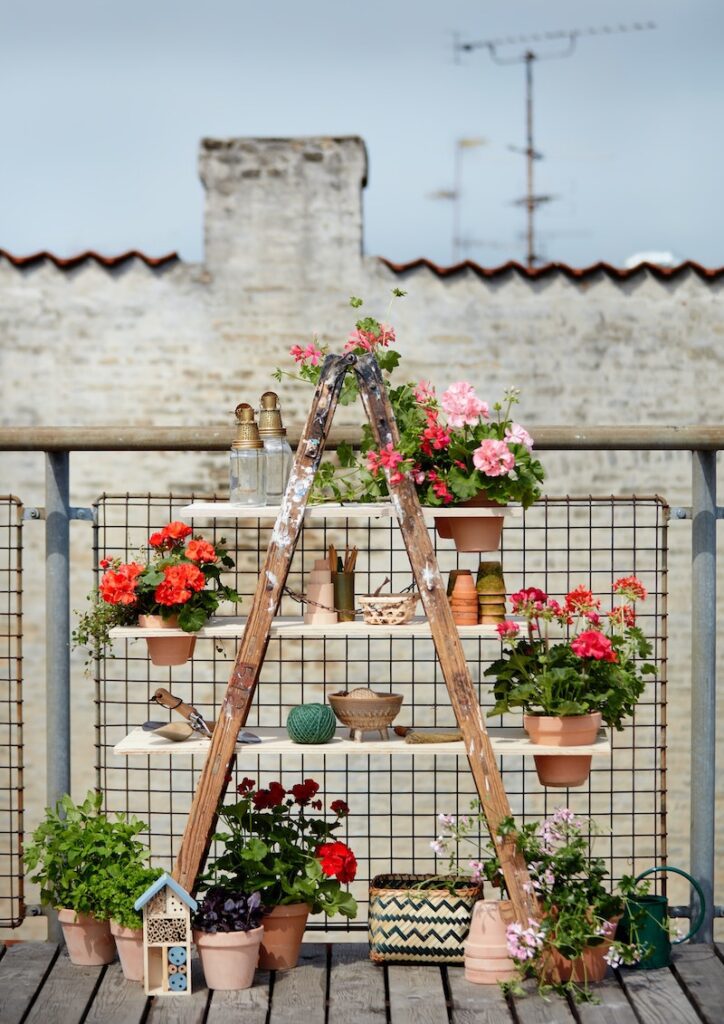
humidity 🌫️
Pelargoniums do not thrive well in high levels of humidity. It’s likely plants will grow more foliage and fewer flowers in higher humidity environments.
temperature 🌡️
Pelargoniums prefer naturally cooler temperatures, between 65°F (18°C) and 70°F (21°C), and closer to 55°F (13°C) at night. Although they can be heat and drought tolerant, avoid placing them in drafty spots.
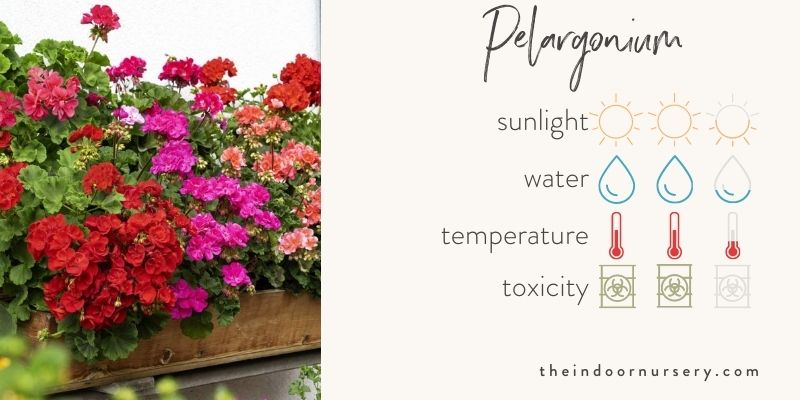
fertilizer 💩
fertilizer preferences: Indoor Pelargoniums are generally light feeders and should be fertilized every month or so during the growing season to promote growth and flowering. A half-strength all-purpose liquid fertilizer works well for the growing season. Use a potassium-rich fertilizer to promote flowering. Pelargonium plants do not need to be fertilized in the winter months.
Plant size and leaf coloring are the best indicators that your Pelargonium is receiving enough nutrients. If the foliage is sparse or yellow, it’s possible that your plant needs more nutrients. It could also be a sign that your Pelargonium needs more watering.
soil 🪨
soil type: any; loamy soil ideal
pH level: slightly acidic, 6-6.5
Using a soilless potting mix that is light and well-draining is best for Pelargoniums to thrive in almost any soil mix, though they prefer a light, well-draining medium. A loam-based mix is recommended to create a loose growing medium that retains nutrients well. A heavy or dense mix can cause root rot or decay. Be sure that the soil does not block the drainage holes at the bottom of the container. Pelargoniums can generally adapt to most soil pH levels, but they prefer a slightly acidic mix.
repotting 🪴
Pelargoniums naturally like to be a little potbound. If the roots start to overcrowd or grow too much for the current pot size, repot your plant in a pot that is 1-2 inches larger with a fresh potting mix. If a container is too large, it’s likely that the plant will develop plenty of foliage, but not many flowers.
propagation 🌱
Pelargonium plants can be propagated with stem cuttings. If the cuttings are newer, they can be placed in a pot with damp soilless potting mix immediately. If the stem is a bit more woody, it’s best to let it dry out a bit before being replanted. Avoid letting the potting mix dry out while the cuttings are trying to grow roots. New roots and leaves should be able to form and grow quickly.
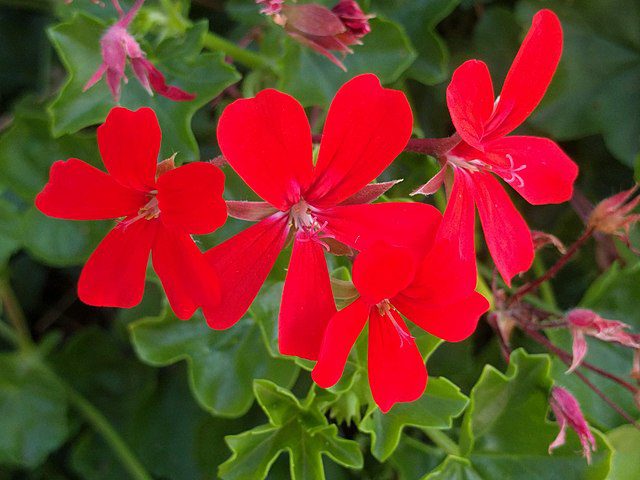
pruning 🌿
To promote a bushy Pelargonium plant, cut leggy stems back. Pinching back stem tips is another way to encourage more compact growth. A good time to prune the Pelargonium is in early spring, before the plant flowers, which will direct energy to new buds and dense foliage growth. Deadhead, or remove spent blooms, to promote growth and keep your Pelargonium blooming longer.
pests and diseases 🐛
pests: mites, mealybug and aphids
disease: root rot, fungal infection, gray mold, blossom blight
Pelargonium plants are susceptible to common house pests including mites, mealybug and aphids. Pests should be taken care of immediately, and they can be treated with insecticidal soap. Diseases such as root rot, fungal infection, gray mold and blossom blight also affect Pelargoniums. It’s best to remove the infected part of the plant and repot the remaining part in a new pot and soil to avoid contamination.
plant care tips
1. Setting up artificial lighting for your sun-loving Pelargonium doesn’t have to involve a big trip to your home improvement center! You can buy full spectrum light bulbs online that fit into the average light bulb socket. Position a simple clip lamp about 8-12 inches from your Pelargonium and turn it on for a few hours a day to keep your plant blooming and vibrant.
Common Problems / FAQs:
1. Bleaching of leaves
→ It’s possible the Pelargoniums are receiving too much intense light. Place them somewhere where there is a little less direct sunlight, possibly in a location that receives afternoon shade.
Shop our recommendations
- The Best Hydroponic Tower For Indoor Gardening
- 10 Best Worm Composter Bins For Easy Homemade Compost
- The Best pH Meter For Soil
- The 6 Best Dehumidifiers For Grow Tents
- The Best Complete Indoor Hydroponic Grow System
- 5 Best Grow Light Strips For Indoor Plants
- TESTED: Aerogarden vs Click and Grow Smart Garden
- Our *hands on* MARS HYDRO TSW 2000 review (with photos)
- 7 Best Hygrometers For Indoor Plants
- The Best Coco Coir For Your Plant’s Healthiest Root System Ever

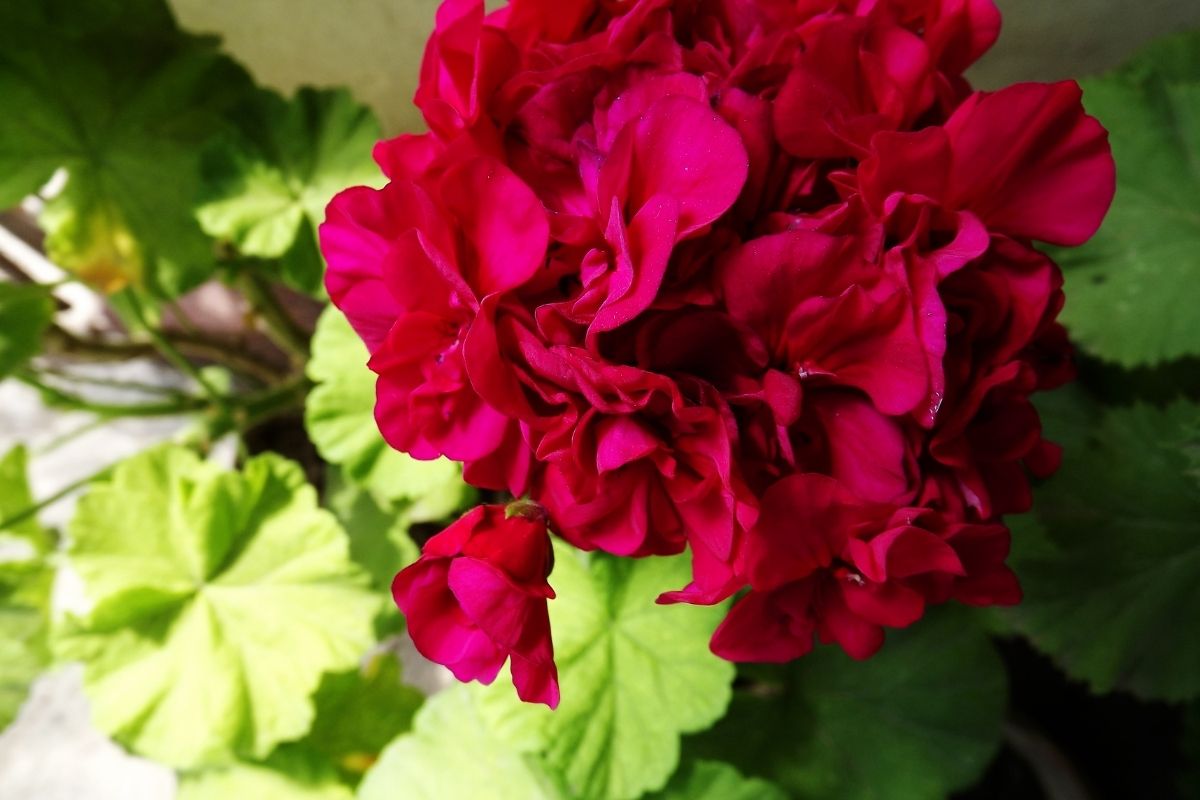
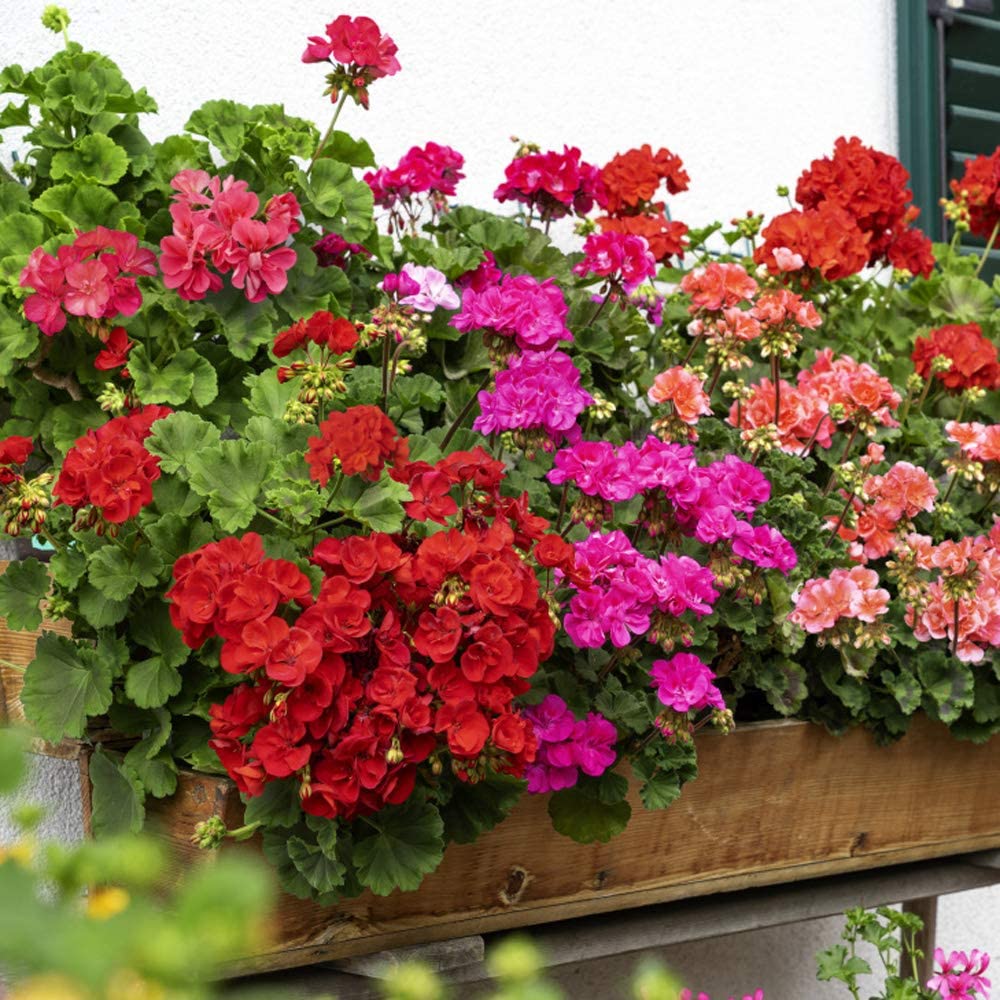
Hey, Marcia! Thanks for reading :) gosh, that's a great idea to double up on your watering globe and spike.…